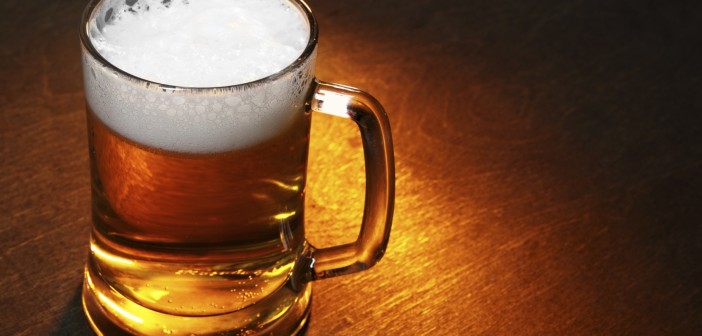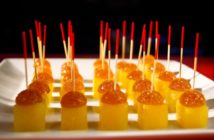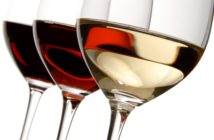Different glassware for various styles of beer has been in use by beer connoisseurs in beer-centric countries such as Germany and Belgium for centuries. However, it’s become a barely-there, fledgling trend in stylish pubs to offer glassware that’s beyond the basic mug or traditional pint glass. Tulip glasses, chalices, and pilsner glasses are just some of what’s showing up on the glass racks of everywhere from small craft beer pubs to fancy five-star hotel dining rooms. But do they make a difference in taste, or is it all just a big show?
The Pilsner Glass
Tall, trumpet-shaped, and tapered, pilsner glasses hold 12 ounces and are commonly used for both pilsners and lagers. Does beer taste better in them than in a pint glass? The jury is actually still out on that one, but the general consensus does seem to be that the beer at least looks better.
- Color an clarity are more easily observed in a pilsner glass than if the same beer were served in a receptacle with a wider body and thicker glass.
- The long, narrow body of a pilsner glass helps keep carbonation active.
- Head retention is important in the optimal enjoyment of both pilsners and lagers, and the tapered top of the pilsner glass is what creates that good, long-lasting head
The Chalice
Also called goblets, these artistic glasses are generally associated in art and literature with the ruling classes of the Middle Ages. Traditionally, they are made out of fine crystal with gold rims, and some are scored on the bottom in such a way that creates perfect head at the top of the glass.
Does beer taste better in a traditional chalice? Of course it does — everything is better when rimmed with gold and served with perfect head. However, the chalices at your local pub aren’t likely to be such fancy affairs, but you can always close your eyes and pretend that you’re medieval nobility.
The Tulip Glass
Shaped like its name indicates, the tulip glass is tapered in the middle with a flare at the lip to capture the foamy head and direct the scent of the beverage toward the nose of the imbiber. According to GermanSteins.com, “smell is a big part of enjoying fine beverages, and the tulip glass is perfect for fragrant ales with notes of honey and fruit.” Tulips also showcase a hoppy IPA well and are almost a prerequisite for enjoying an artisan Belgian lambic.
Tulip glass fun fact: Scotch ales have their own personalized version of the tulip glass — the thistle glass, which is named after the national flower of Scotland!
The Weizen Glass
Tall and tapered but falling short of the standard pilsner glass, the weizen glass was developed especially for weizenbier — or wheat beer. The thin walls of this glass let the pale, sunlit color of properly brewed weizenbier shine through, and the height of the glass allows for plenty of weizenbier’s trademark fluffy head.
Tip for weizenbier lovers — just say no to the lemon slice traditionally served with this beer. The lemon juice will quickly flatten the head, and that’s part of the fun of savoring a good wheat bear.
Back to the original question, do glasses matter in the pursuit of optimal beer taste? They probably do, a little, in the case of wheat beers and fragrant ales, but by the same token, a glass won’t make or break a good beer. A finely-crafted beer should taste wonderful even if it’s served in a plastic or paper cup. That slightly turned-out lip on a tulip glass, for instance, is a nice embellishment that provides an introduction to a beer by delivering its bouquet to the nose before you take a sip, but the same beer will taste almost as good in another vessel.




